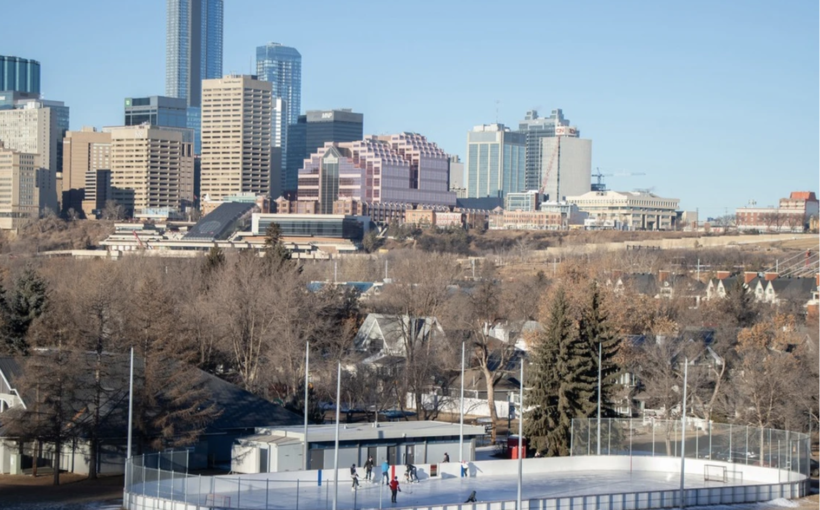The universities had reasonable options for response to student demands for divestment from interests linked to Israel’s treatment of the Palestinians: dialogue to hear their concerns, perhaps a forum as offered at McGill University; respectful interaction as at University of British Columbia; or commitment to “a calm and measured approach to the encampment,” as at University of Victoria, to name but a few.
If there was credible evidence of threats to safety, the universities could have used civil process, with procedural safeguards, and sought injunctive relief, as McGill did, affording the students their day in court to advance Charter rights and to test the universities’ claims. Police use of force against demonstrating students must be a last resort, reserved for threatened or actual criminal conduct.
University of Alberta President Bill Flanagan alleged (Edmonton Journal, May 13) “serious and potentially life-threatening risks associated with encampment on the quad” and possession of “potential weapons,” including “hammers, axes and screw drivers, along with a box of needles.” In the national media (Globe and Mail, May 13), he claimed risk from “illegal drug use” as well as a “potential for violence from counter-protesters.”
Does anyone seriously believe the students had carpentry tools for harmful purposes, rather than to erect tents and hang banners; or that the needles were not part of “medical supplies brought by a certified first-aid provider,” as organizers said? And if true, where are the weapons and drug charges? Such claims painted all the students with the brush of illegality and are contrary to eyewitness reports.
Inflammatory rhetoric is not leadership, but its opposite, suggesting the university has taken a position rather than remained above the fray.
President Flanagan further claimed “less than one quarter of campers were U of A students” without basis in fact. This is a familiar spin from the American playbook, especially used by private, wealthy universities, which relied upon claims of infiltration by external troublemakers to justify police use of force and to lock their wrought iron gates against the public.
Fortunately, we have public, taxpayer-funded universities in this country. Citizens are free to walk their paths, to demonstrate there, and to call our universities to account. American-style deployment of armed police with batons at the crack of dawn against students is wholly inappropriate to the Canadian, Charter-protected, public university context. The call by Alberta’s premier for precisely this response begs the questions: What pressure was put on the universities, by whom, and how were decisions made?
In Edmonton, these actions show profound misunderstanding of our community with its long history of peaceful protest for labour rights, abortion rights, Indigenous rights, 2SLGBTQ rights, and more. We complain about the disengagement of youth, yet when they did show up, they are shut down by arbitrary use of power and police force. Why the fear of public discourse? Of words and thoughts with which some might disagree? If not at universities, then where?
The universities chose a simplistic response to a complex problem, at a very high cost to their reputations, to free expression, and to the idealism of youth. As the University of Alberta, Faculty of Arts associate dean, Equity, Diversity and Inclusion, wrote in her resignation letter, the encampment modelled solidarity between Palestinian, Jewish and Indigenous communities and allies, in contrast to its violent removal.
The University of Alberta should apologize to the students and our community, withdraw trespass citations or charges, and model civil discourse. And, together with police, should be held accountable for their actions at a public hearing where questions must be answered.
Sheila Greckol is a retired Court of Appeal of Alberta and Court of Queen’s Bench of Alberta justice and worked over two decades as a labour and human rights lawyer. She received an honorary doctorate of laws and a Distinguished Alumni Award from the University of Alberta.




